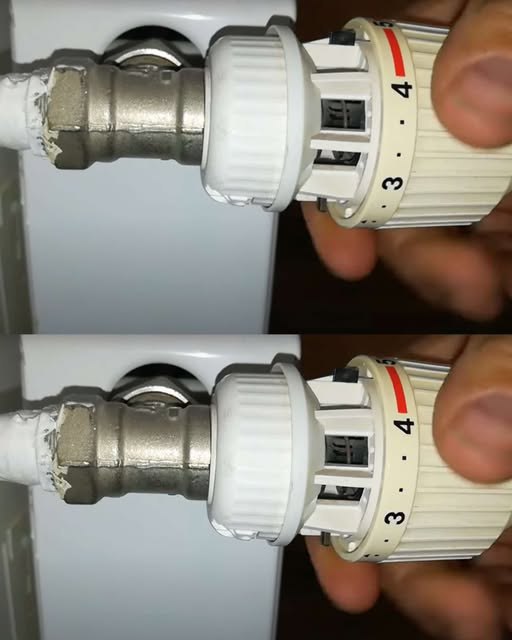ADVERTISEMENT
mostats even allow you to control the temperature remotely via a mobile app, ensuring you always come home to a warm house without wasting energy when you’re not around.
For Complete Cooking STEPS Please Head On Over To Next Page Or Open button (>) and don’t forget to SHARE with your Facebook friends
4. Maximize Radiator Efficiency
Make sure your radiators are working efficiently by following these simple tips:
- Bleed your radiators: Over time, air can build up inside radiators, reducing their efficiency. Bleeding them (releasing trapped air) helps ensure they heat properly and more efficiently.
- Check for blockages: Ensure there’s no furniture or curtains blocking the airflow around your radiators. Radiators work best when the air can circulate freely around them.
- Insulate your home: Proper insulation in walls, windows, and doors helps keep the heat inside and reduces the need for higher radiator temperatures.
Additional Tips for Comfort and Savings
- Consider Layering: Instead of cranking up the heat, try layering your clothes. Wear warm socks, sweaters, and blankets. This allows you to keep the thermostat lower while still feeling cozy.
- Close Doors and Windows: Keep doors closed in rooms you are heating to prevent warm air from escaping, and ensure windows are sealed tight to avoid drafts. A room draft can quickly lead to a significant loss of heat.
- Use Radiator Reflectors: If your radiator is placed against an exterior wall, consider using radiator reflectors (foil-backed panels) to reflect heat back into the room instead of letting it escape through the wall.
When to Adjust Your Radiator Temperature
Knowing when to adjust your radiator temperature can further maximize your comfort and energy savings. Here are some scenarios to consider:
- During the Day: If you’re out of the house for long periods, consider lowering the temperature by a few degrees to save energy. A 17°C to 18°C (62°F – 64°F) temperature can be sufficient to keep things from getting too cold.
- When Entering a Room: When you first enter a room, set your radiator temperature higher for a few minutes until it warms up to a comfortable level. You can then lower it to save energy once you’re settled in.
- During Seasonal Transitions: As the weather changes, be sure to adjust the temperature accordingly. As spring and fall arrive, you might not need the radiators as high. Try to maintain a consistent, moderate temperature instead of dramatically increasing it during colder months.
Conclusion: The Key to Comfort and Savings
Setting the ideal radiator temperature is all about finding a balance between comfort and efficiency. By maintaining the recommended temperature ranges for different rooms and using tools like TRVs, timers, and smart thermostats, you can save energy and reduce heating costs without compromising on warmth. Combine these adjustments with good home insulation and mindful habits, and you’ll not only create a cozy atmosphere but also enjoy significant savings on your heating bills.
Take the time to adjust your radiator settings, and you’ll soon enjoy the perfect balance of comfort and energy efficiency, all while staying cozy during those chilly months!
